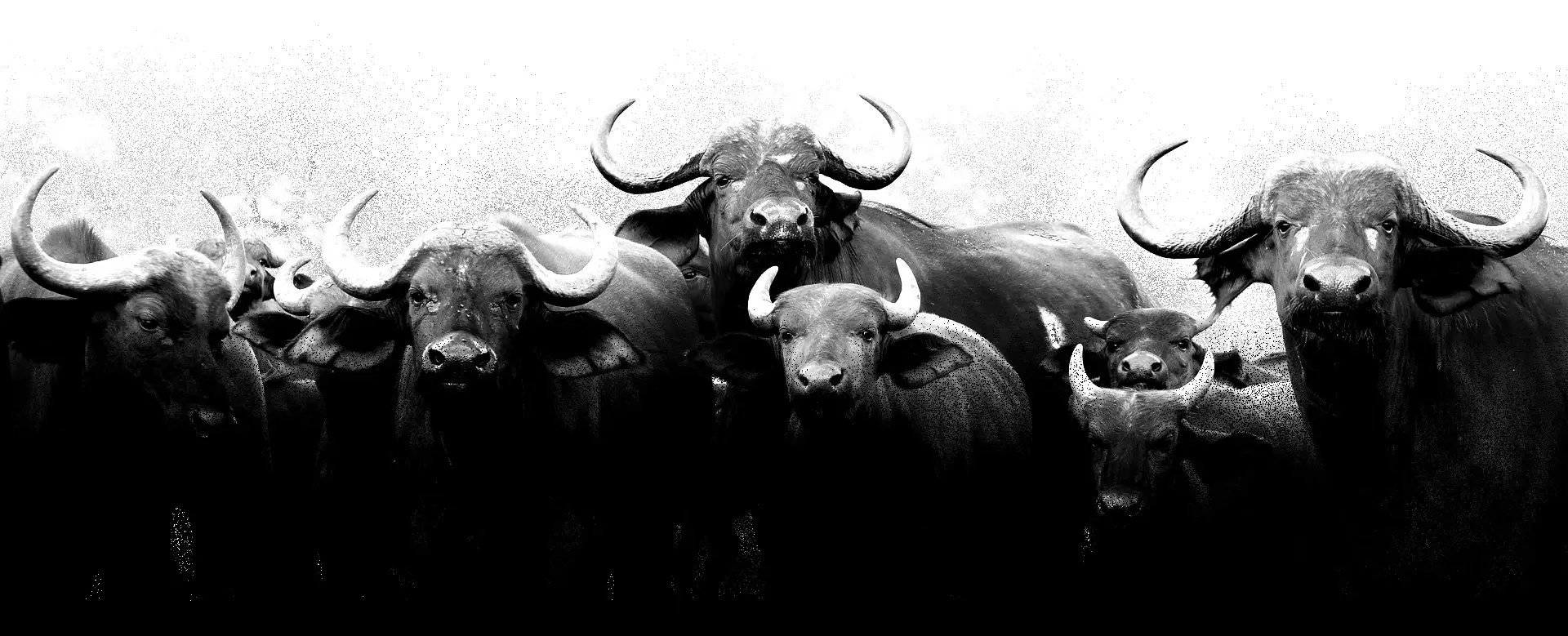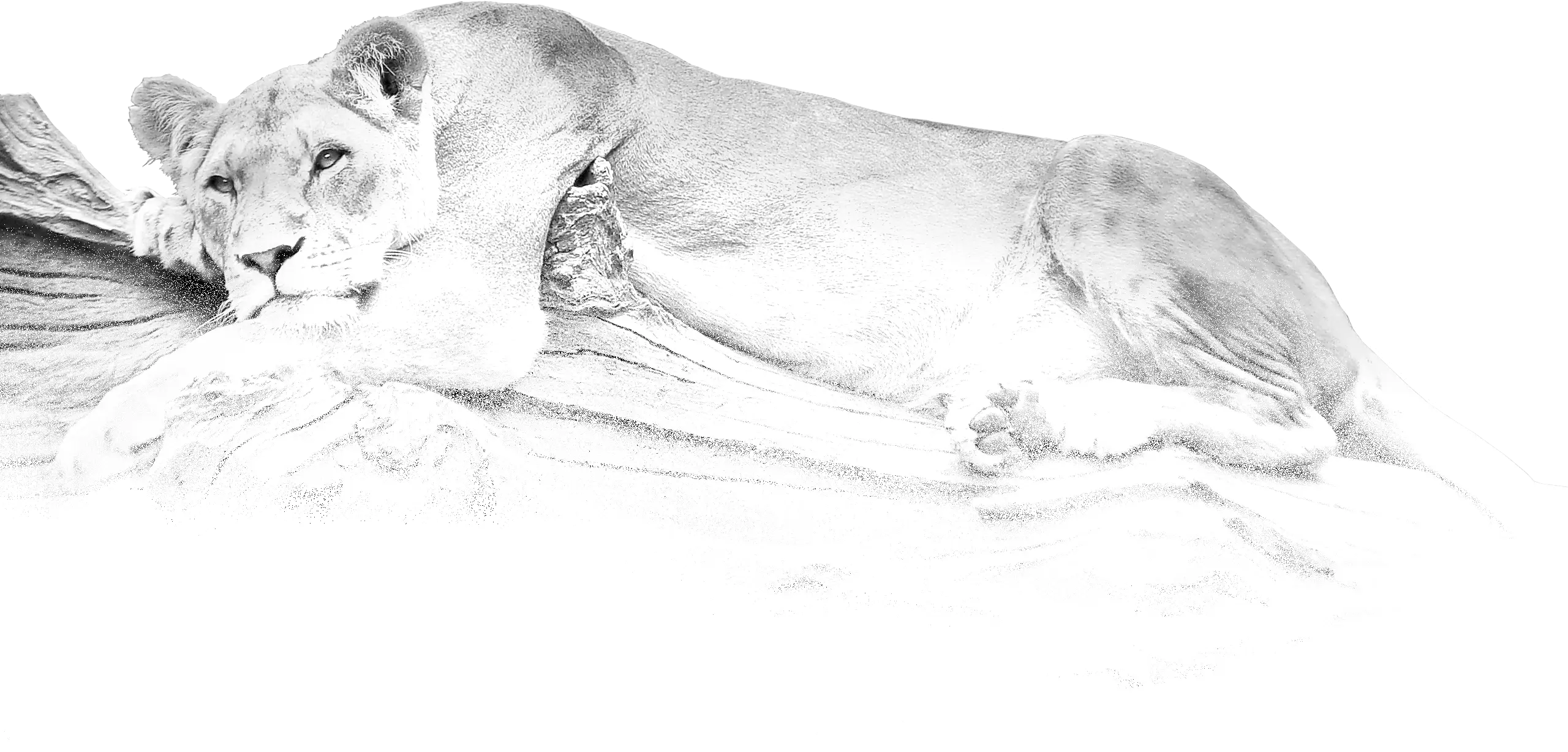
(Paucituberculata)
Shrew Opossums
Ценолестоподібні
The order Paucituberculata contains the seven surviving species of shrew opossum: small, shrew-like marsupials that are confined to the Andes mountains of South America. The order is thought to have diverged from the ancestral marsupial line very early. They were once included in the superorder but it is now known that Ameridelphia is paraphyletic, having given rise to Australidelphia, and thus could be considered an evolutionary grade. Genetic studies indicate that they are the second most basal order of marsupials, after the didelphimorphs. As recently as 20 million years ago, at least seven genera were in South America. Today, just three genera remain. They live in inaccessible forest and grassland regions of the High Andes.
Shrews were entirely absent from South America until the Great American Interchange three million years ago, and are currently present only in the northwestern part of the continent. Traditionally, it was thought that shrew opossums lost ground to these and other placental invaders that fill the same ecological niches. Evidence suggests, however, that both groups not only overlap, but do not seem to be in direct competition, and the marsupials’ larger size seems to imply that they prey on shrews and rodents. Several opossums, such as Monodelphis, also occupy small insectivore niches.
Shrew opossums (also known as rat opossums or caenolestids) are about the size of a small rat (9–14 cm long), with thin limbs, a long, pointed snout and a slender, hairy tail. They are largely carnivorous, being active hunters of insects, earthworms, and small vertebrates. They have small eyes and poor sight, and hunt in the early evening and at night, using their hearing and long, sensitive whiskers to locate prey. They seem to spend much of their lives in burrows and on surface runways. Like several other marsupials, they do not have a pouch, and it appears that females do not carry the young constantly, possibly leaving them in the burrow.
Largely because of their rugged, inaccessible habitat, they are very poorly known and have traditionally been considered rare. Several ecological factors, including density of forest, contribute to the part of the forests the shrew opossums occupy.
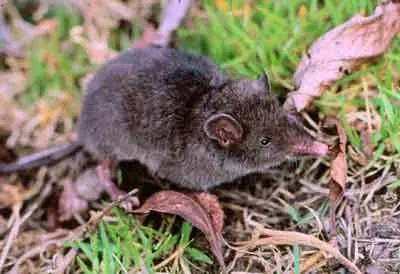
(Lestoros inca)
Incan Shrew Opossum
Перуанський ценолест
It is found mainly in the southern Peruvian Andes, and its range extends from southeastern Peru to the extreme west of Bolivia in north-western South America, at altitudes from 2,100 to 3,600 m.
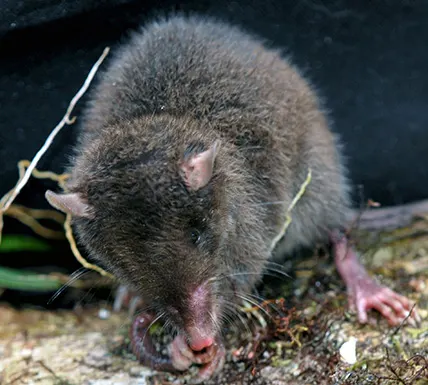
(Caenolestes convelatus)
Blackish Shrew Opossum
Північний ценолест
The populations appear to have been divided into two parts – the Andes of western Colombia and north-central Ecuador. It occurs at altitudes of 1,100–3,800 m.
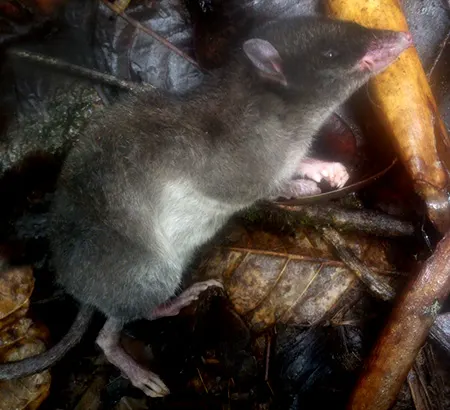
(Caenolestes condorensis)
Condor Shrew Opossum
Андський ценолест
It is known only from the Cordillera del Cóndor, which is located in the eastern Andes of south-eastern Ecuador. It is found at altitudes of less than 1,000 m.
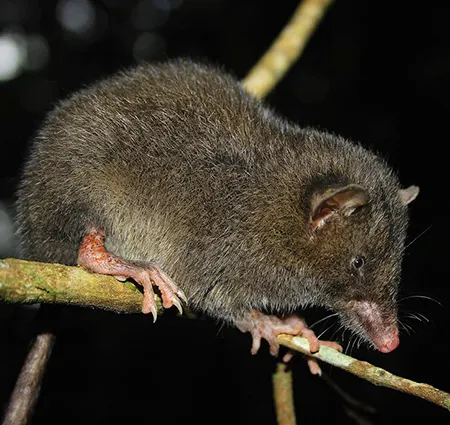
(Caenolestes fuliginosus)
Dusky Shrew Opossum
Темний ценолест
It inhabits alpine and páramo forests in northern and western Colombia, Ecuador, and western Venezuela. It occurs at altitudes of 1,600–4,000 m.
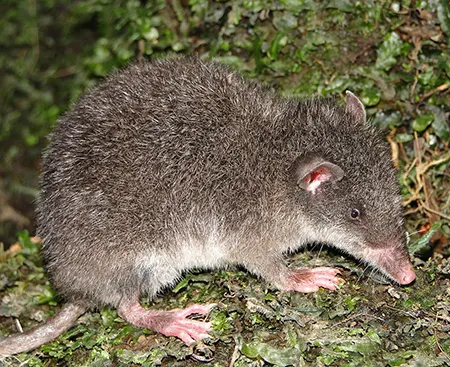
(Caenolestes sangay)
Sangay Shrew Opossum
Сангайський ценолест
It is found on the eastern slopes of the Andes in southern Ecuador. It occurs at altitudes of 2,300–3,500 m.
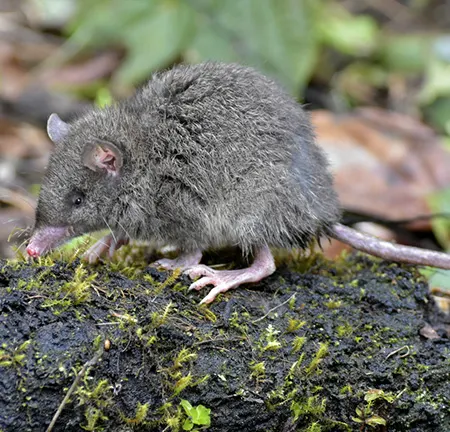
(Caenolestes caniventer)
Gray-bellied Shrew Opossum
Сірочеревий ценолест
It is found in humid temperate forests and moist grasslands of western Andean slopes in southern Ecuador and north-western Peru. It occurs at altitudes of 1,630–3,340 m.
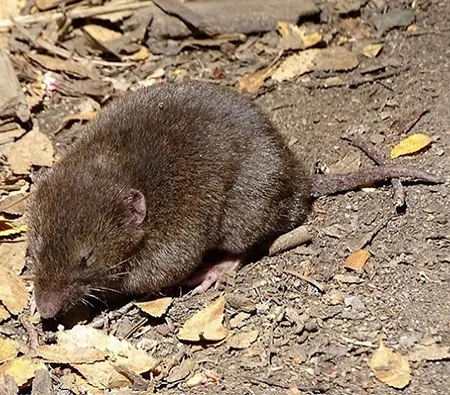
(Rhyncholestes raphanurus)
Chilean Shrew Opossum
Чилійський ценолест
It occurs in temperate forests of Argentina and southern Chile, and up to altitudes of 1,135 m.
